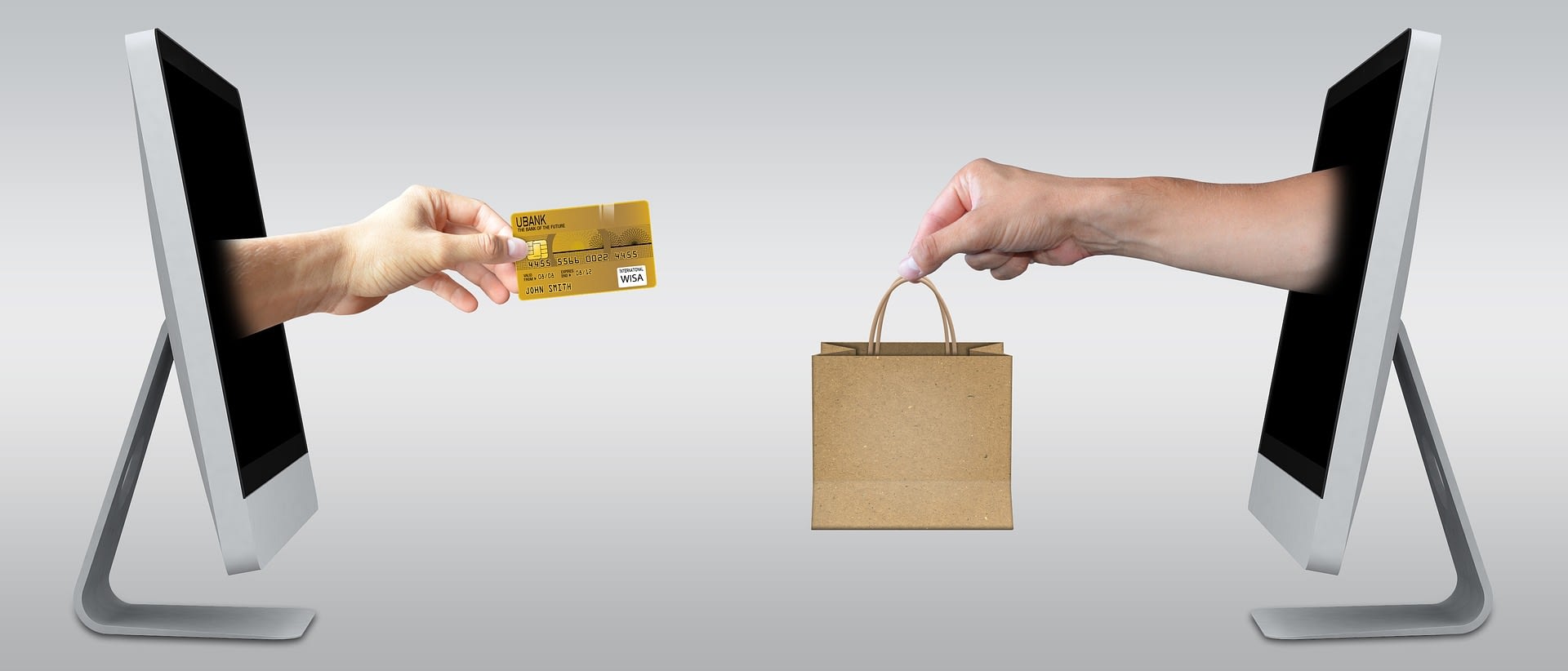5 Steps to Combat Return Fraud

To combat return fraud, we all appreciate a good return policy.
Consumers feel much more confident purchasing a product knowing that they can return it. A solid return policy allows your customers to have a sense of security and flexibility and demonstrates both quality and commitment from your brand.
But be careful, there are some people who might like your return policy a bit too much.

While most people return products for perfectly legitimate reasons, there are also those with more self-serving intentions.
According to a 2015 report published by the National Retail Federation, a company earning 1 billion dollars in annual revenue could be losing anywhere from 2.8 to 4.8 million dollars to fraudulent product returns.
Although it may seem like returns fraud is a problem plaguing only large-scale brick-and-mortar retail stores, online retailers are also suffering. In fact, the NRF also reports that retailers estimate a 5.5% increase in fraudulent PayPal transactions – a major warning sign for online retailers.
So, how can you protect yourself from returns fraud? Here are five fraud prevention tips to help you cut your losses and boost your bottom line.
1. ‘Tis the Season for return fraud (Modify Your Return Policy)
The holiday season, while an exciting time in ecommerce, can quickly turn into a retailer’s worst nightmare. With a dramatically increased volume of returns, it’s important to distinguish the legitimate from the fraudulent.
Start with temporarily modifying your return policy to include a holiday returns cutoff date, this change will encourage honest consumers to act fast, and deter any plans to use the product fraudulently before returning it.
Furthermore, you can place restrictions on popular or high-volume products, asking them to be returned within a shorter period of time.
2. Receipts, Receipts, and more Receipts
Receipts allow you to confirm the sale with your systems, and help you avoid accepting returns for sales your business never made.
So, it’s a good idea to require proof of purchase when a customer is returning a product.
But, of course, manually confirming the transaction would add a lot of steps for your team. Fortunately, ReturnLogic provides a returns portal that automatically verifies the purchase before a return is ever created.
3. Tag it Up
We’ve all heard stories of customers who purchase an expensive item, wear it once, and then return it. This form of return fraud is often referred to as “renting” or “wardrobing.”
Products that are returned this way often can’t be resold, negatively impacting your profit.
You can avoid fraudulent product returns by incorporating anti-tampering devices such as the 360 ID Tag, which is a one-time tag that will prevent consumers from wearing something and then attempting to return it.
4. Add a Bit of Cushioning
How do you stop that sports fan from returning their brand new 4K TV immediately after the big game?
Consider adding a restocking fee for products that are high in value or are difficult to ship.
A restocking fee for items like high-end electronics and clothing designed for special occasions will add a major roadblock to a scammer’s plan.
Make sure to be selective about which products or cases have a fee. Focus on electronics used for seasonal events and fashion items that are typically worn to higher-end functions.
5. Avoid Pre-Packaged Return Labels
Pre-packaged return labels are a great way to make product returns easy for your consumers, but they might also simplify fraudulent product returns.
Putting a return label in every package can expose your business to a wide range of issues, including returns fraud. Consider alternate options that may actually be better for the customer in the long term.



